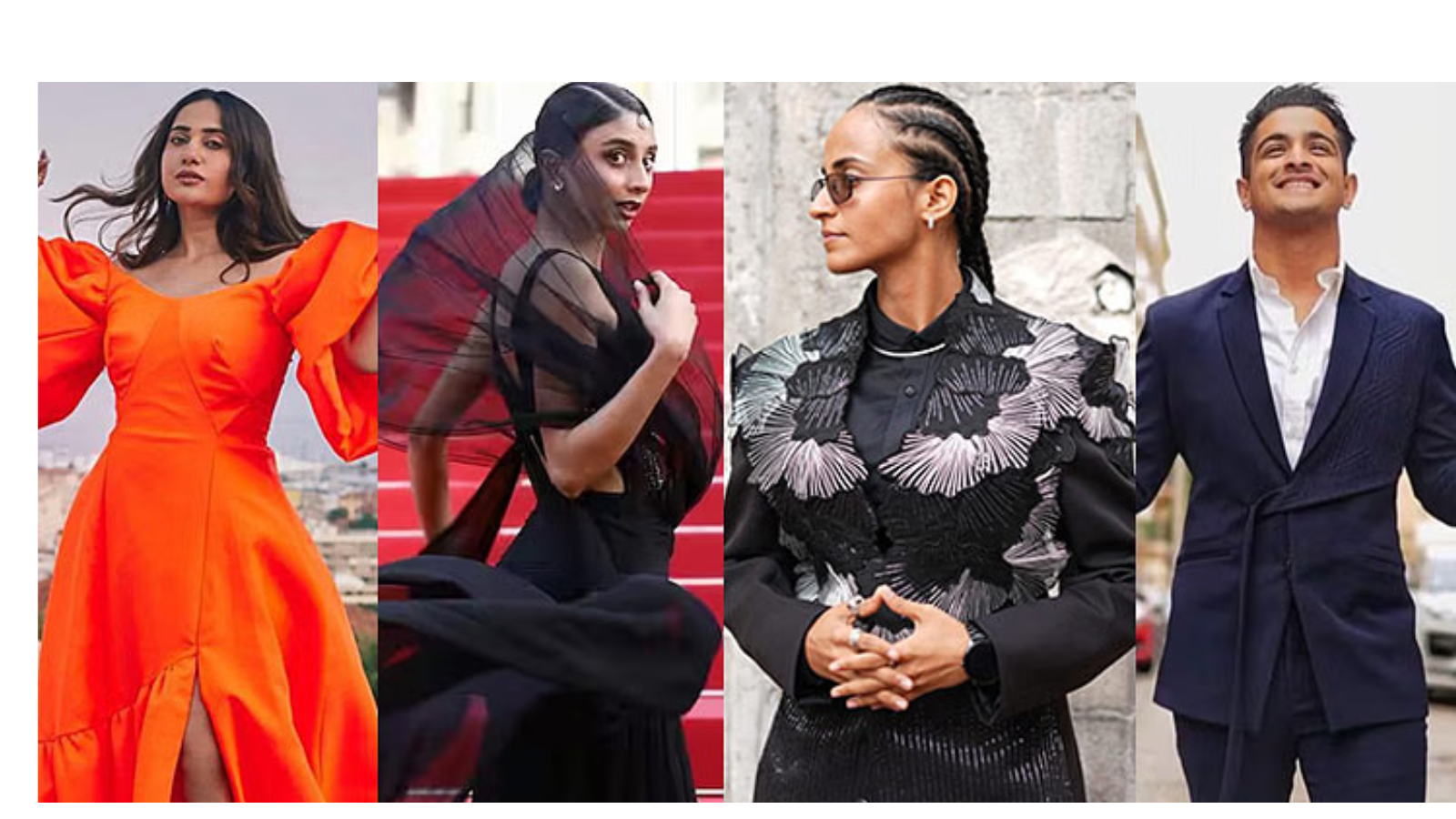Canna fashion in style represents a formidable fusion of the cannabis way of life with mainstream apparel developments. What changed into one niche has now emerged as an effective trend influencing the style enterprise. This article explores the evolution of Cannastyle influencers, their impact on fashion, and the future of this precise fashion.
Fashion History and Cannabis Culture
The dating between cannabis and style dates back many years, with each countercultural action and high fashion embracing the plant’s imagery and ethos. This style draws proposals from this historic connection, blending it with cutting-edge fashion aesthetics.
Key Cannastyle Influencers
Early Pioneers
In the early stages, Cannastyle pioneers like [Name] and [Name] began integrating cannabis motifs into their designs. Their bold approach challenged conventional fashion norms and paved the way for future influencers.
Modern Influencers
Today, Cannastyle influencers consisting of [Name] and [Name] dominate social media structures with tens of millions of fans. Their curated content material now not best showcases cannabis-inspired fashion but also advocates for legalization and destigmatization.
Fashion Shows and Events
Cannabis-Themed Fashion Shows
Events like [Event Name] highlight Cannastyle’s growing influence. These shows feature designs that celebrate cannabis culture, attracting both fashion enthusiasts and advocates alike.
Influencer Collaborations
Collaborations between Canna fashion influencers and mainstream fashion brands have confirmed a hit in accomplishing wider audiences. Brands benefit from the influencers’ authenticity, even as influencers advantage of publicity in new markets.
Trend AnalysisPopular Cannastyle Trends
From streetwear to excessive fashion, Canna fashion developments encompass a wide range of patterns. Examples include [Trend Example] and [Trend Example], which resonate with customers in search of formidable, announcement-making garb.
Emerging Trends
Looking ahead, This style is expected to continue evolving. Innovations in sustainable fabrics and inclusive designs are shaping the future of cannabis-inspired fashion, appealing to a broader demographic.
Style Tips
How to Incorporate Cannastyle
For those looking to embrace Cannastyle, mixing cannabis-themed pieces with classic wardrobe staples is key. Accessories such as [Accessory Example] and makeup looks inspired by Canna fashion can complement any outfit.
Accessory and Makeup Tips
Accessories like [Accessory Example] add a touch of Cannastyle without overpowering an ensemble. Similarly, makeup trends influenced by cannabis hues and motifs offer a subtle yet impactful way to embrace the trend.
Sustainability in Cannastyle Fashion
Many Cannastyle brands prioritize sustainability, using organic materials and ethical practices in their production processes. This commitment to eco-friendliness resonates with consumers who value both style and environmental responsibility.
Technology in Cannastyle Fashion
Technological advancements in fabric development and garment construction are transforming Cannastyle fashion. Innovations such as [Technology Example] enable designers to create durable, high-quality pieces that embody Canna fashion aesthetics.
Celebrity and Cultural Impact
Influential Figures in Cannastyle Fashion
Celebrities like [Celebrity Name] have championed Cannastyle, integrating cannabis-themed fashion into their style. Their influence extends beyond red carpets, shaping mainstream perceptions of Canna fashion.
Social Media Presence
Platforms like Instagram and TikTok have amplified Cannastyle influencers’ reach, permitting them to join without delay with audiences international. Through engaging content, influencers promote Canna fashion as both a fashion statement and a cultural movement.
Conclusion
In conclusion, Cannastyle influencers are reshaping the style landscape with their modern designs and advocacy. As attitudes toward hashish evolve, so too does its portrayal in style. The future of Canna fashion looks promising, with endured boom in sustainability, technology integration, and cultural acceptance.







